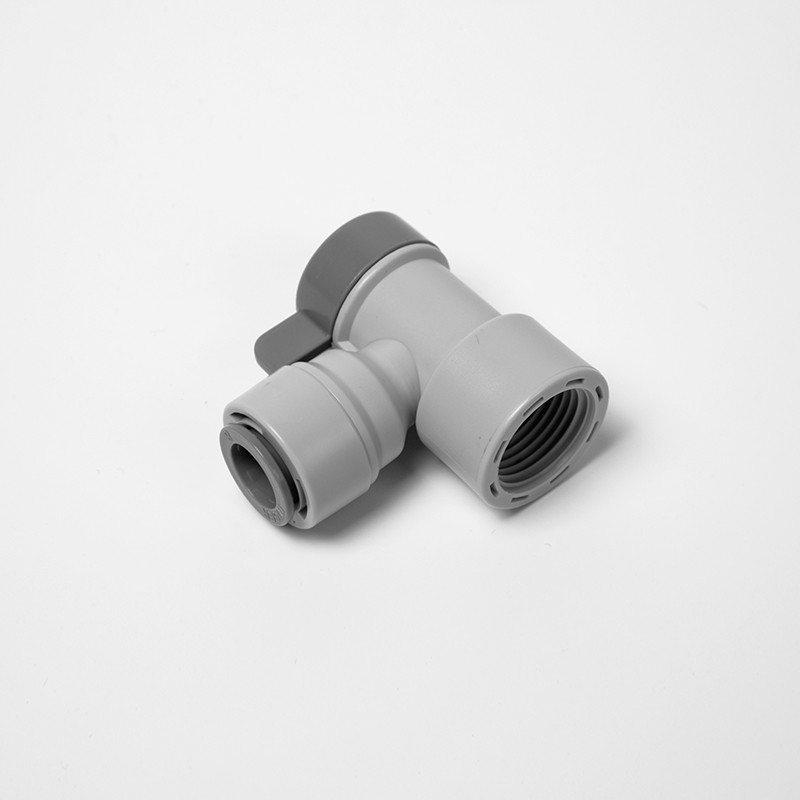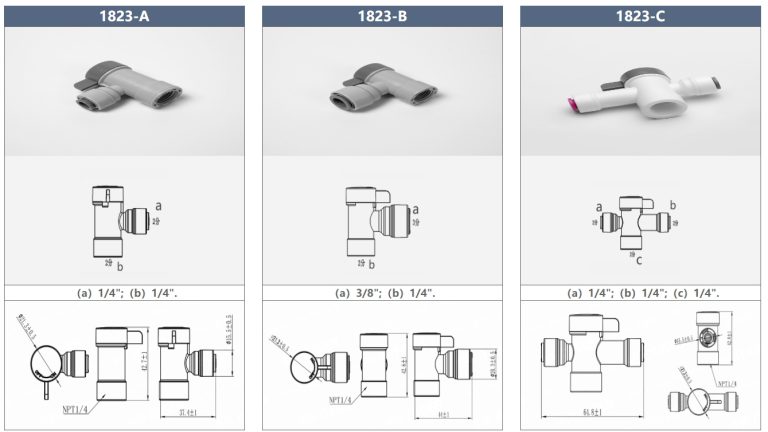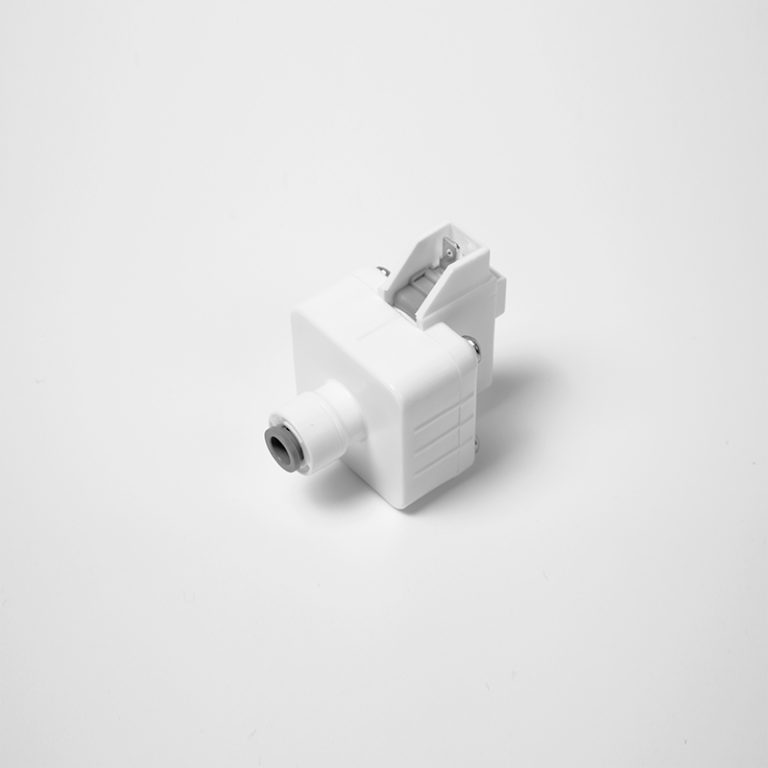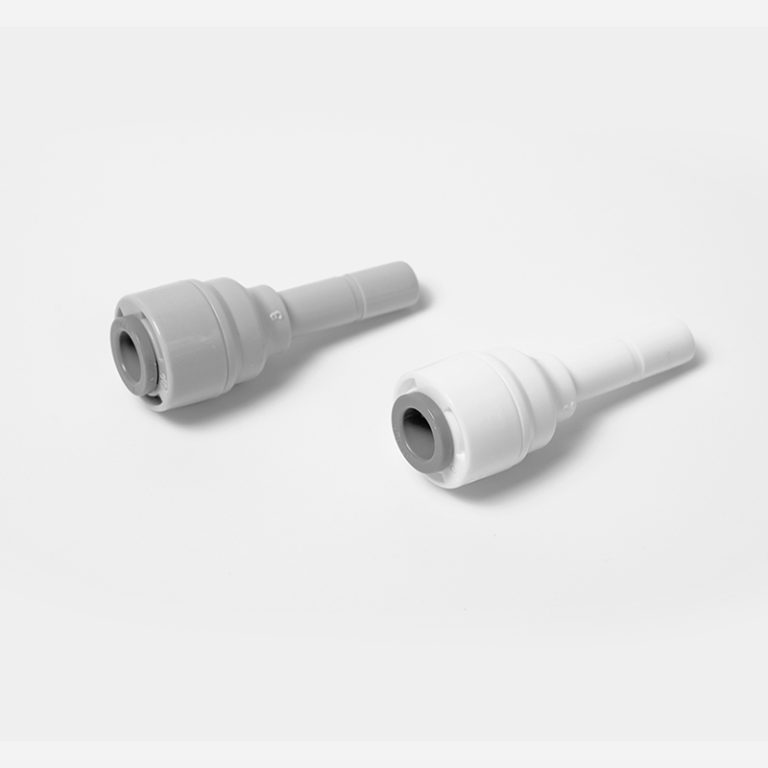Table of Contents
Benefits of Using CPVC Push Fittings in Plumbing Systems
CPVC push fittings have become increasingly popular in plumbing systems due to their ease of installation and durability. These fittings are designed to connect CPVC pipes without the need for any special tools or equipment, making them a convenient option for both professional plumbers and DIY enthusiasts.

One of the key benefits of using CPVC push fittings is their quick and easy installation process. Unlike traditional fittings that require soldering or gluing, CPVC push fittings simply require the pipe to be pushed into the fitting until it clicks into place. This not only saves time but also eliminates the need for messy adhesives or solvents, making the installation process cleaner and more efficient.
In addition to their ease of installation, CPVC push fittings are also highly durable and resistant to corrosion. CPVC is a type of plastic that is known for its strength and chemical resistance, making it an ideal material for plumbing applications. This means that CPVC push fittings are less likely to degrade over time, ensuring a long-lasting and reliable connection between pipes.
Furthermore, CPVC push fittings are versatile and can be used in a wide range of plumbing systems. Whether you are working on a residential or commercial project, CPVC push fittings can be used for both hot and cold water applications. This versatility makes them a cost-effective option for a variety of plumbing projects, as they can be easily adapted to suit different needs and requirements.
Another advantage of using CPVC push fittings is their ability to withstand high temperatures. CPVC is a thermoplastic material that can handle temperatures up to 200 degrees Fahrenheit, making it suitable for hot water applications. This makes CPVC push fittings a reliable choice for plumbing systems that require high-temperature resistance, ensuring that they can withstand the demands of everyday use.
Additionally, CPVC push fittings are designed to create a leak-proof seal, providing peace of mind for homeowners and building owners. The push-to-connect design of these fittings ensures a secure and tight connection between pipes, reducing the risk of leaks and water damage. This not only helps to maintain the integrity of the plumbing system but also minimizes the need for costly repairs in the future.
In conclusion, CPVC push fittings offer a range of benefits for plumbing systems, including quick and easy installation, durability, versatility, high-temperature resistance, and leak-proof seals. Whether you are a professional plumber or a DIY enthusiast, CPVC push fittings provide a reliable and efficient solution for connecting CPVC pipes. With their many advantages, it is no wonder that CPVC push fittings have become a popular choice for plumbing projects of all sizes.
Step-by-Step Guide on How to Install CPVC Push Fittings
CPVC push fittings are a popular choice for homeowners and professionals alike when it comes to plumbing projects. These fittings are easy to install and require no special tools, making them a convenient option for those looking to complete a project quickly and efficiently. In this article, we will provide a step-by-step guide on how to install CPVC push fittings, ensuring that your plumbing project is a success.
The first step in installing CPVC push fittings is to prepare the pipe. Start by cutting the CPVC pipe to the desired length using a pipe cutter. Make sure to cut the pipe as straight as possible to ensure a proper fit with the push fitting. Once the pipe is cut, use a deburring tool to remove any burrs or rough edges from the cut end of the pipe. This will help prevent leaks and ensure a secure connection with the push fitting.
Next, mark the insertion depth on the pipe. Most CPVC push fittings have a mark on the fitting indicating how far the pipe should be inserted. Use a marker to transfer this mark onto the pipe, ensuring that you insert the pipe to the correct depth for a secure connection.
| Model | Tube(a) | Stem(b) |
|---|---|---|
| 1801-A | 1/4 | 1/4 |
| 1801-C | 1/4 | 3/24 |
Before inserting the pipe into the push fitting, make sure to apply CPVC primer to the end of the pipe. This will help soften the CPVC material and ensure a tight seal when the pipe is inserted into the fitting. Once the primer has dried, apply CPVC cement to the end of the pipe, making sure to cover the entire surface that will be inserted into the fitting.
With the pipe prepared, it is now time to insert it into the push fitting. Simply push the pipe into the fitting until it reaches the insertion depth mark that was previously made. Make sure to push the pipe in as far as it will go to ensure a secure connection. You should feel a slight resistance as the pipe is inserted, indicating that the fitting is properly engaged.
| Model | Tube(a) | Stem(b) |
|---|---|---|
| 1801-A | 1/4 | 1/4 |
| 1801-C | 1/4 | 3/8 |
Once the pipe is inserted into the push fitting, hold it in place for a few seconds to allow the cement to set. This will help create a strong bond between the pipe and fitting, preventing leaks and ensuring a reliable connection. Repeat this process for any additional pipes that need to be connected using push fittings.

After all the pipes have been connected, allow the cement to dry for the recommended amount of time before turning on the water supply. This will ensure that the fittings have properly set and will not leak once water is flowing through the pipes. Once the cement has dried, turn on the water supply and check for any leaks or issues with the connections.
In conclusion, CPVC push fittings are a convenient and easy-to-use option for plumbing projects. By following this step-by-step guide, you can install CPVC push fittings with ease and confidence, ensuring a successful and leak-free plumbing project. Whether you are a homeowner tackling a DIY project or a professional plumber, CPVC push fittings are a reliable choice for any plumbing installation.







